

Damion Smy
GWM Cannon Alpha ute, Tank 300 HEV and Tank 500 recalled
17 Hours Ago
Haval is on the move in Australia. The Jolion is another value-packed, solid-to-drive SUV from the Chinese brand.
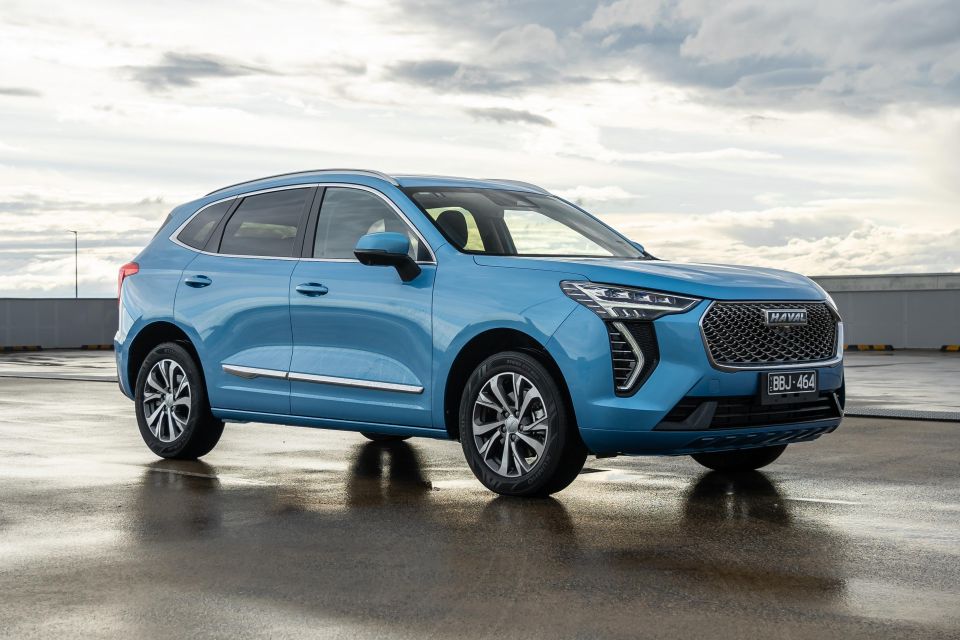
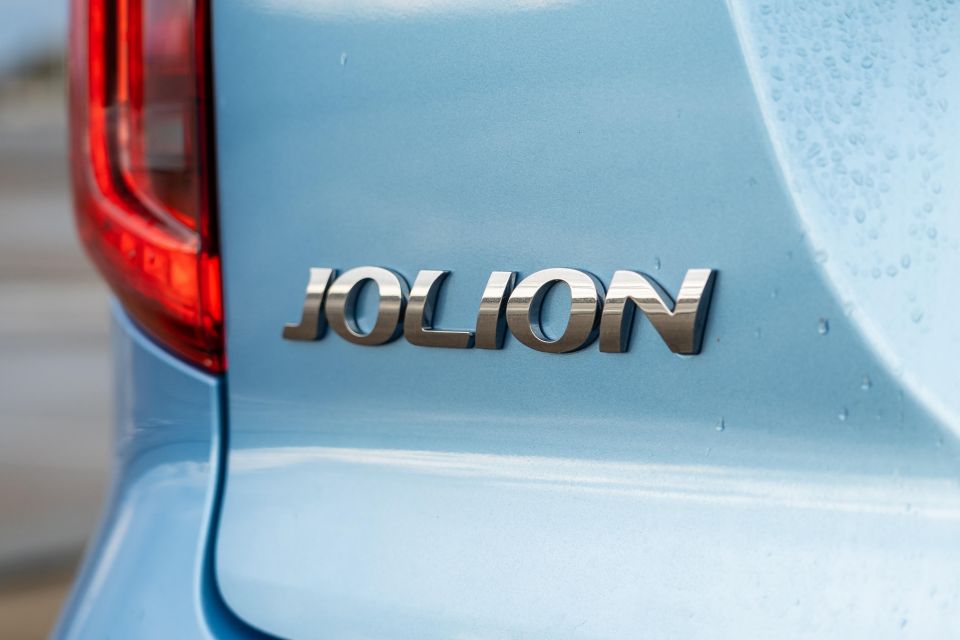

Contributor

Contributor


Contributor

Contributor
Where expert car reviews meet expert car buying – CarExpert gives you trusted advice, personalised service and real savings on your next new car.
A civil war is brewing.
MG has been the golden child for Chinese cars in Australia lately, with improved products and stratospheric sales growth, but Great Wall Motors (GWM) is striving to steal its spotlight.
The first salvo was the new GWM Ute, a strongly-priced rival to the Toyota HiLux and Ford Ranger, followed by the new MG HS-rivalling Haval H6 SUV.
The latest frontier is SUVs. Priced between $20,000 and $30,000 drive-away, the 2021 Haval Jolion wades into one of the most competitive parts of the Australian car market.

Although it’s priced in line with the Mitsubishi ASX, Hyundai Venue, and Kia Stonic, the Jolion is closer in size to the Kia Seltos.
It’s a reasonably handsome beast, with a distinctive front end and Cadillac-inspired rear combining to give it way more presence than the Haval H2 ever had – even if the mid-range 17-inch alloy wheels look a bit weedy in their arches.
Along with its more stylish exterior, the Jolion packs a full suite of active driver assists, a flashy new interior design, and a punchy turbocharged engine.
There’s no doubt it looks good on paper, and it blows the H2 it replaces out of the water for styling presence.
Is that beauty more than skin deep?

Pricing for the Jolion Lux on test here kicks off at $27,990 drive-away, putting it in line with the Mitsubishi ASX ES 2.0 auto (currently offered at $27,240 drive-away) and Hyundai Venue Elite ($26,490 before on-roads).
It slots in between the Kia Stonic Sport ($25,990 drive-away) and GT-Line ($29,990 drive-away), and undercuts even the cheapest Nissan Qashqai or Kia Seltos.
All prices are drive-away
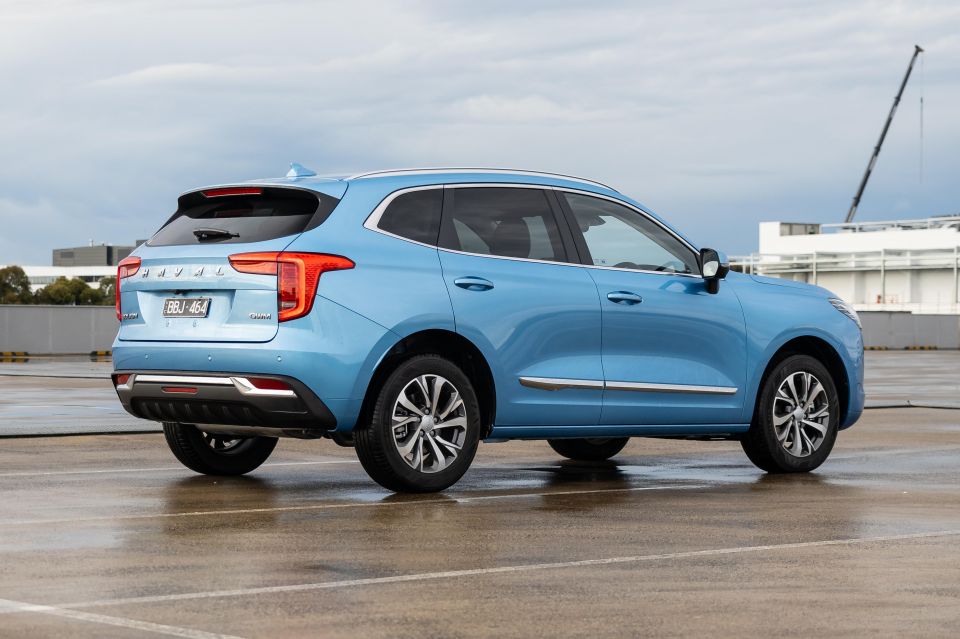
Buy your new car without the stress. It's fast, simple and completely free.

Great service from Travis and team, second time I have used this business would not hesitate to recommend them to anyone
Craig C.
Purchased a Ford Ranger in Sunshine Coast, QLD
CarExpert helped Craig save thousands on his Ford Ranger, now let us save you on your next new car.
Find a dealStandard equipment on the base Haval Jolion Premium includes a 10.25-inch touchscreen infotainment system with Apple CarPlay and Android Auto, along with a reversing camera, parking sensors, power-folding mirrors, and auto wipers.
It also has keyless entry and start, automatic headlights, cloth upholstery, paddle shifters, and 17-inch alloy wheels.
Jumping to the Jolion Lux on test here brings LED headlights, daytime running lights, and fog lights, a leather-wrapped steering wheel, leatherette trim, and a six-speaker sound system.
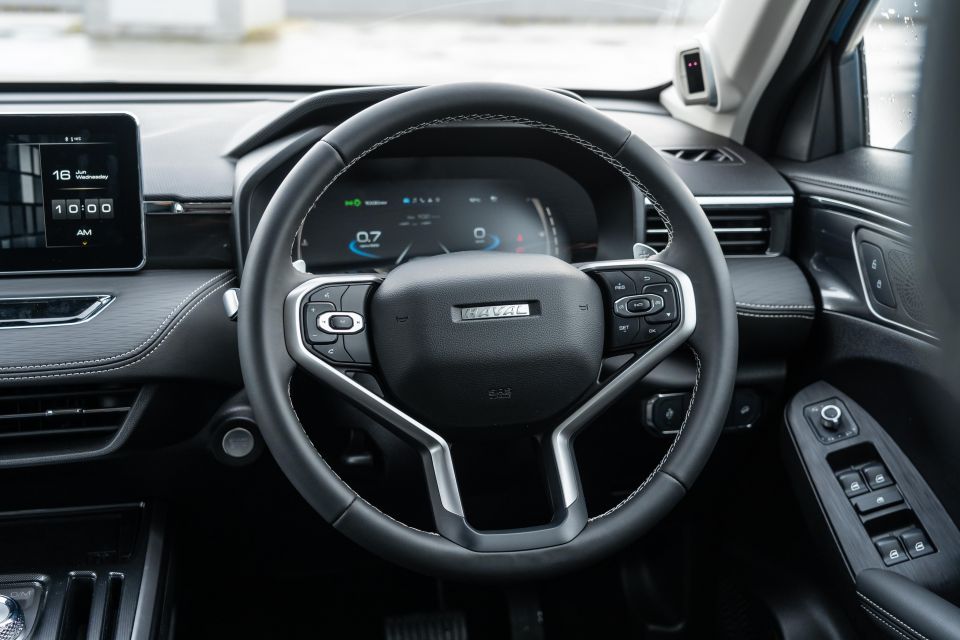
There’s also heated front seats (powered for the driver), a digital instrument cluster, dual-zone climate control, and a rear privacy glass.
The range-topping Ultra has a 12.3-inch infotainment display, wireless phone charging, a head-up display, a panoramic sunroof, and 18-inch alloy wheels.
Six colours are offered, five of which are $495 extra. Golden Black, Azure Blue, Vivid Green, Smoke Grey, and Mars Red are more expensive, Hamilton White is no extra charge.
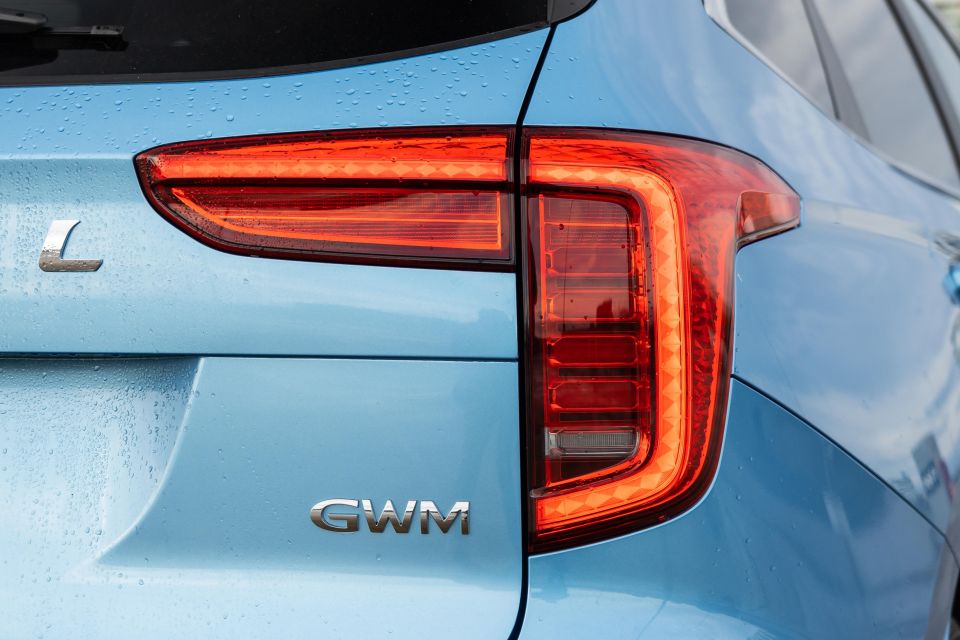
The Haval Jolion hasn’t been crash tested by ANCAP or Euro NCAP.
Unlike its predecessor, it boasts a full suite of active safety features as standard.
Atop the front, front-side, curtain and front-centre airbags (seven in total), it offers:

The Jolion feels miles removed from the ropey H2, and has more design flair than you’d expect of a car at this price point.
That style is backed by substance, too. The faux leather feels nice enough and the door pulls, trim pieces, and transmission tunnel feel sturdy. No, the dash isn’t a tactile delight, but it’s not really meant to be for this kind of money.
Both driver and passenger sit in heated seats (power adjustable in the driver’s case) and storage space abounds.
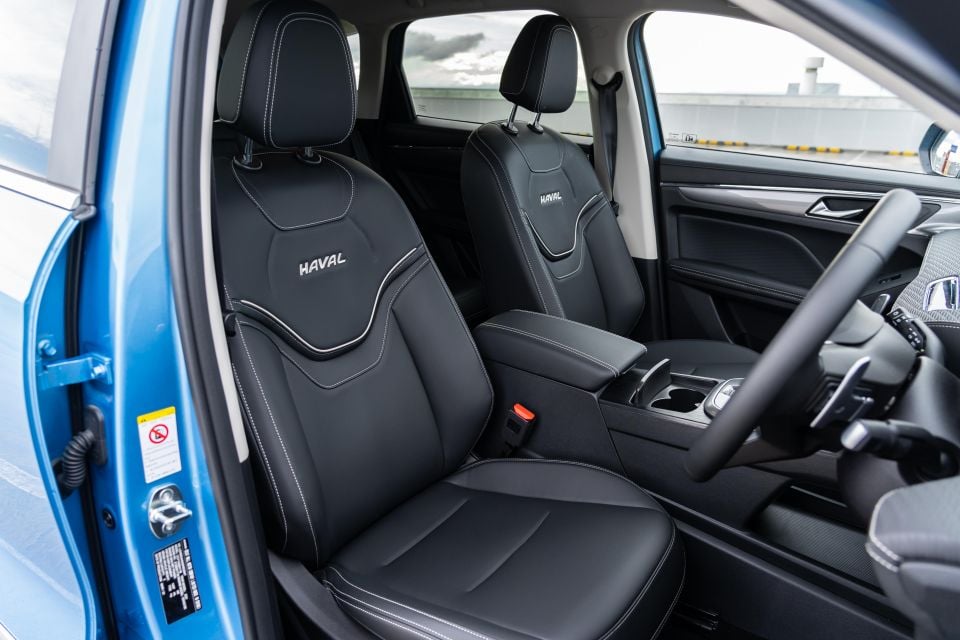
Along with a phone-shaped pad beneath the wing-shaped dashboard, there’s a massive cutout below the transmission tunnel, a deep bin under the central armrest, big door bins, and an assortment of odd-shaped slots behind the gear selector.
It’s a shame the steering wheel doesn’t adjust for reach. It makes what’s otherwise a modern cabin feel a bit old-hat, and makes it tougher for odd-shaped people to get comfortable behind the wheel.
The seat is also a bit short and flat for longer-legged drivers. If you’re small it won’t be a problem, but tall drivers are perched too high and have very little in the way of under-thigh support.

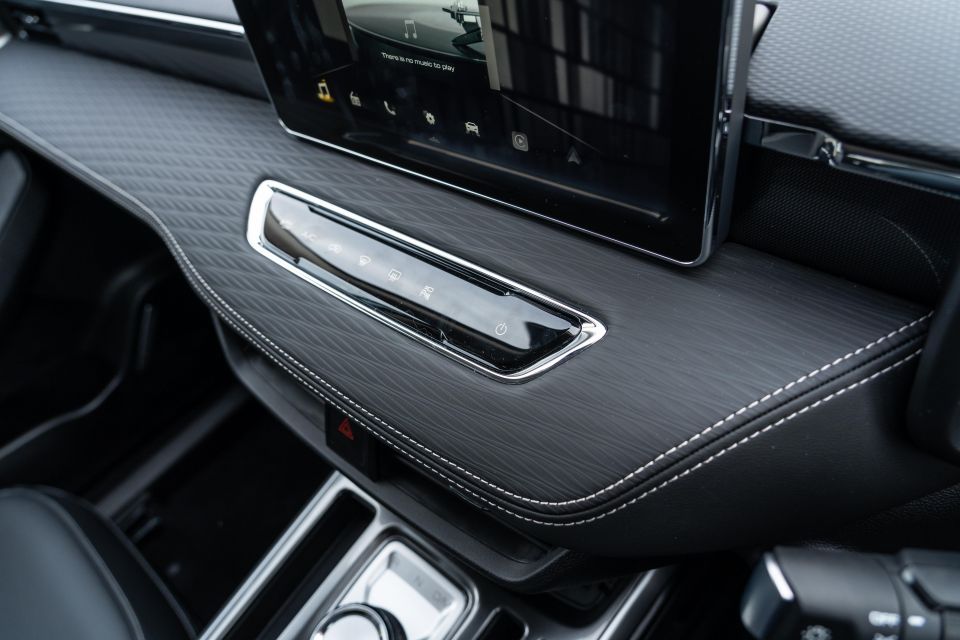
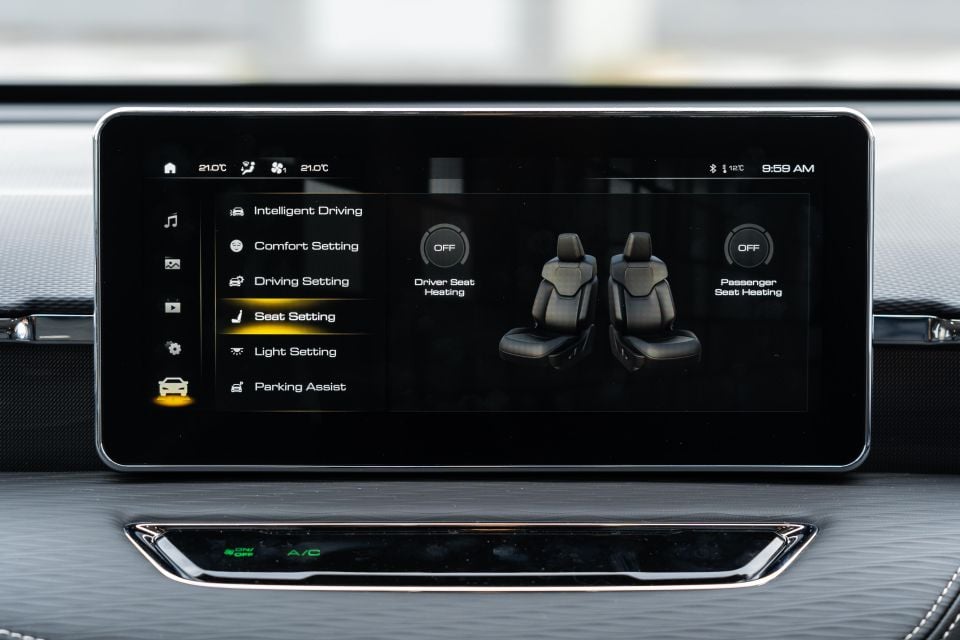
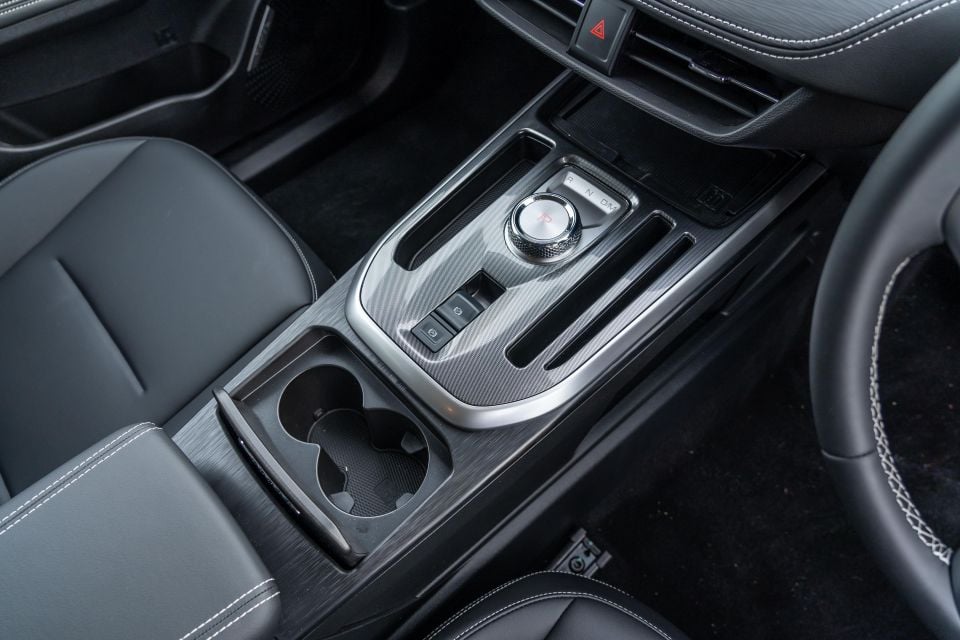
The screens are both high-resolution, and the infotainment system responds quickly to inputs. It’s smartly styled, with attractive fonts and a pretty logical menu layout… for the most part.
There’s some weirdness. The seat heater controls are buried in the same vehicle control menu as the drive modes, for example, and they’re the wrong way around. Want to turn on the driver’s seat? You’ll need to press the left-hand seat on the screen.
Accessing the climate controls is harder than it should be. They’re hidden in a sub-menu accessed through a tiny icon on the top-left corner of the screen, and the strip of capacitive shortcut buttons below the screen is hard to see in direct sunlight.
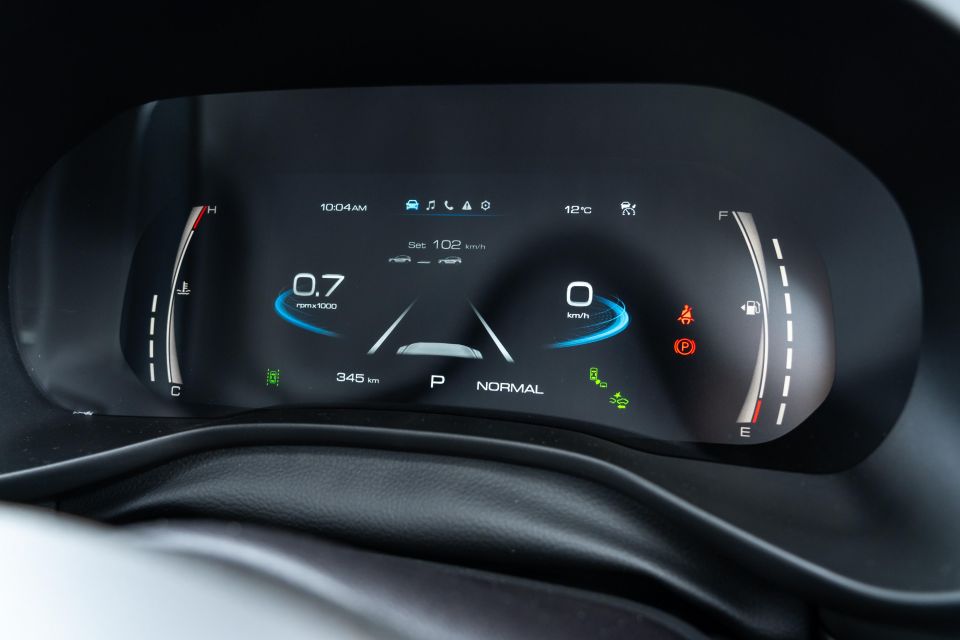

Thankfully, most of these things can be fixed with a few lines of code.
Satellite navigation isn’t an option, but wired Apple CarPlay and Android Auto mean you can still access Google Maps on the move.
At 4472mm long and 1841mm wide, with a 2700mm wheelbase, the Jolion is actually just 13mm shorter and 14mm narrower than the outgoing Kia Sportage, and rides on a 30mm longer wheelbase.
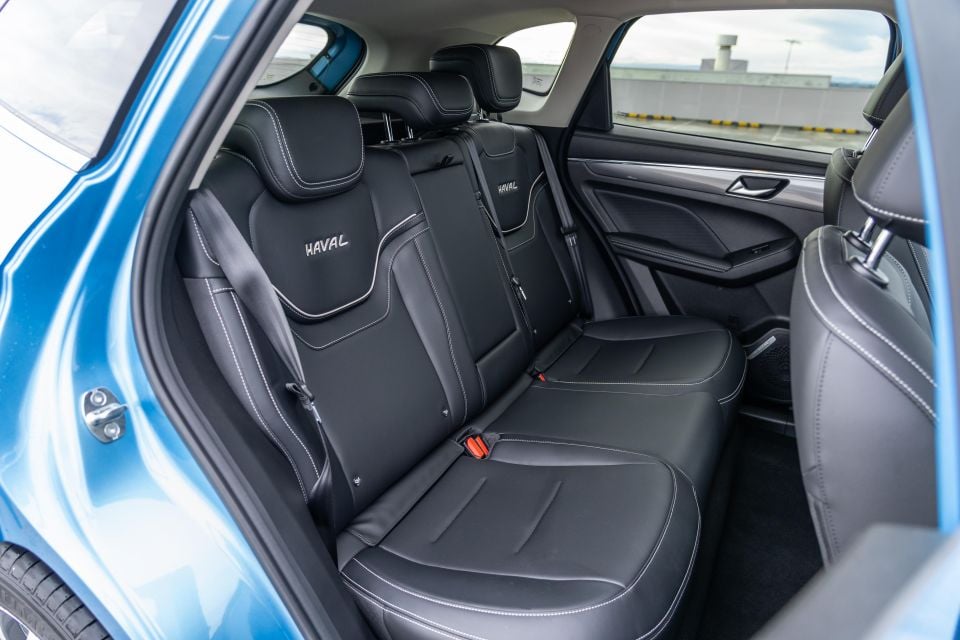
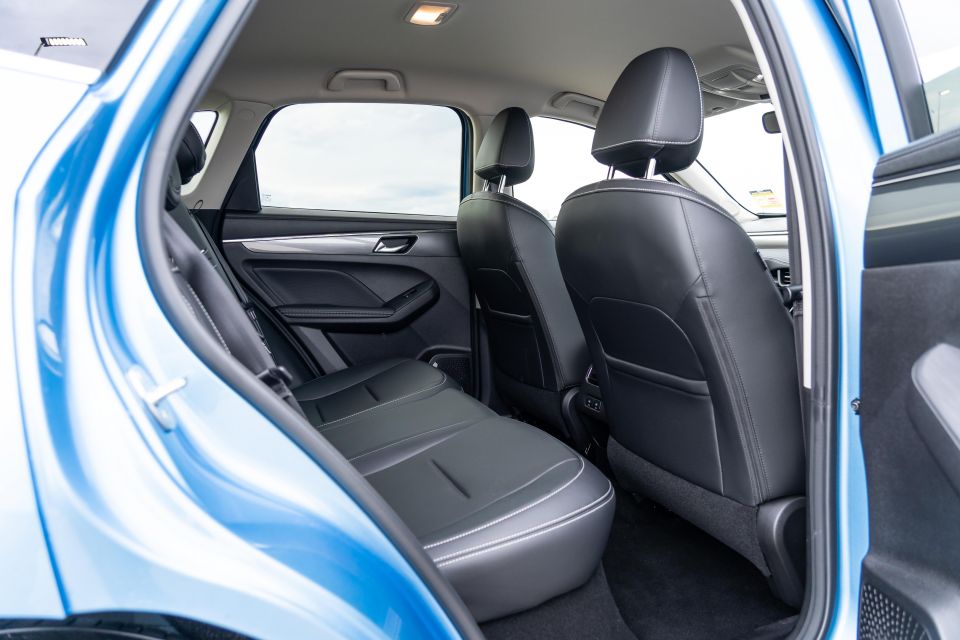
The result is way more space than you’d expect of a car that, on paper, goes head-to-head with the Mitsubishi ASX and Hyundai Venue.
Even with the seat in a tall driver’s position there’s acres of legroom in the rear, and the tall roofline means there’s room for adults wearing top hats back there.
The floor is completely flat in the back, so the middle passenger doesn’t need to awkwardly straddle a hump, and the air vents will be welcome on hot summer days. Also welcome are the dual USB chargers back there.
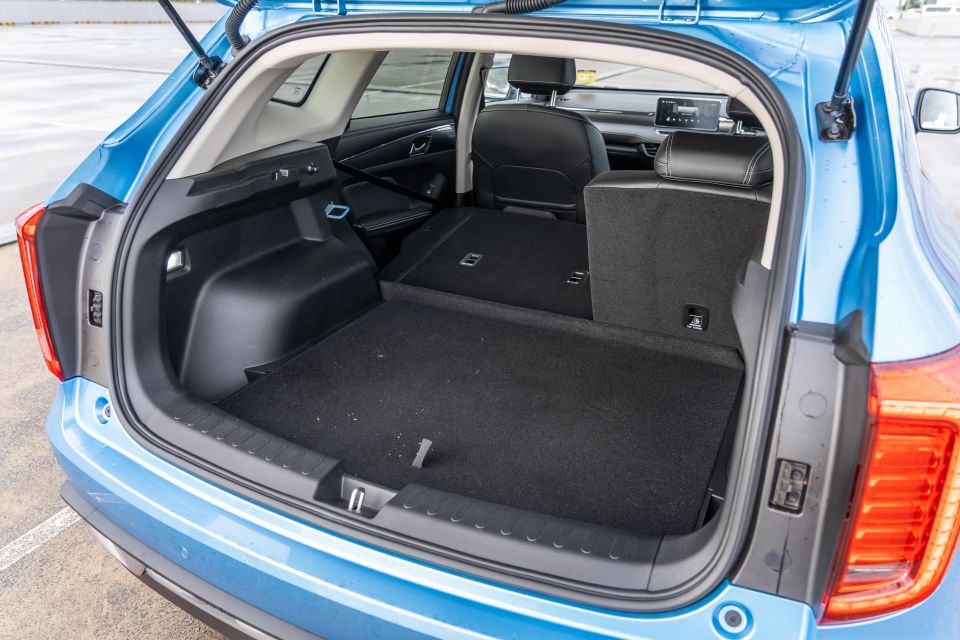
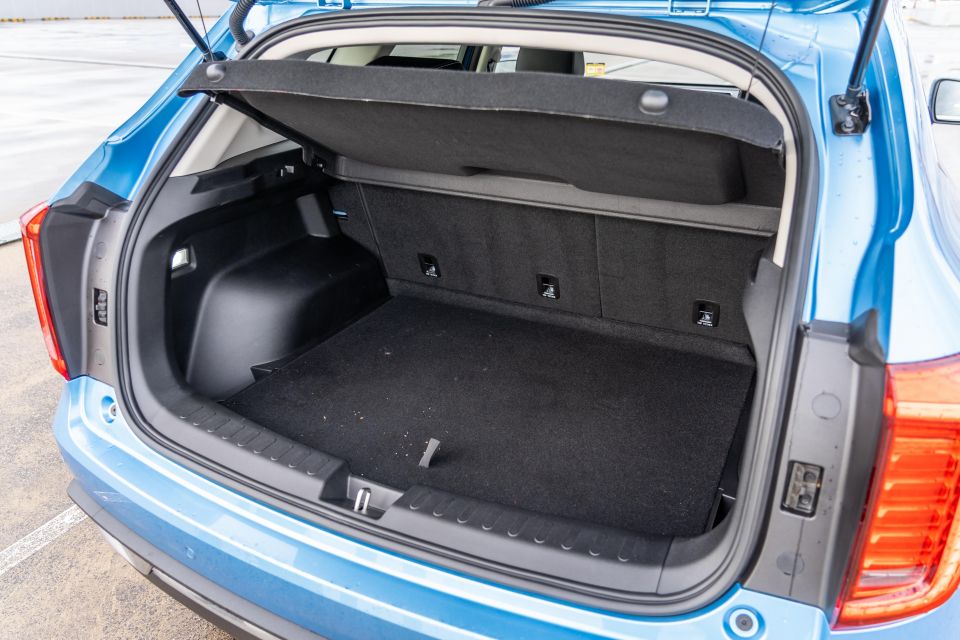
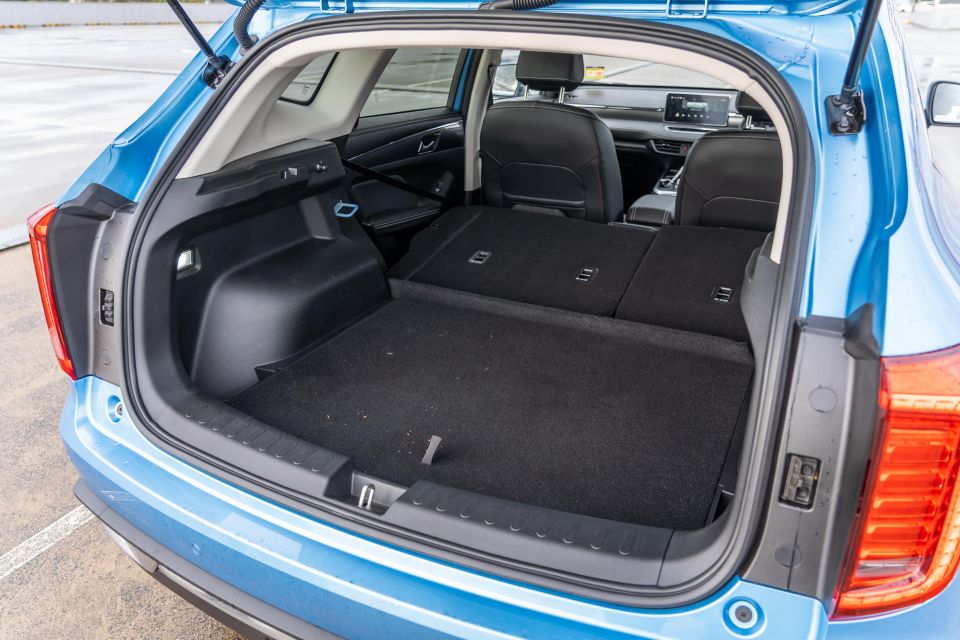
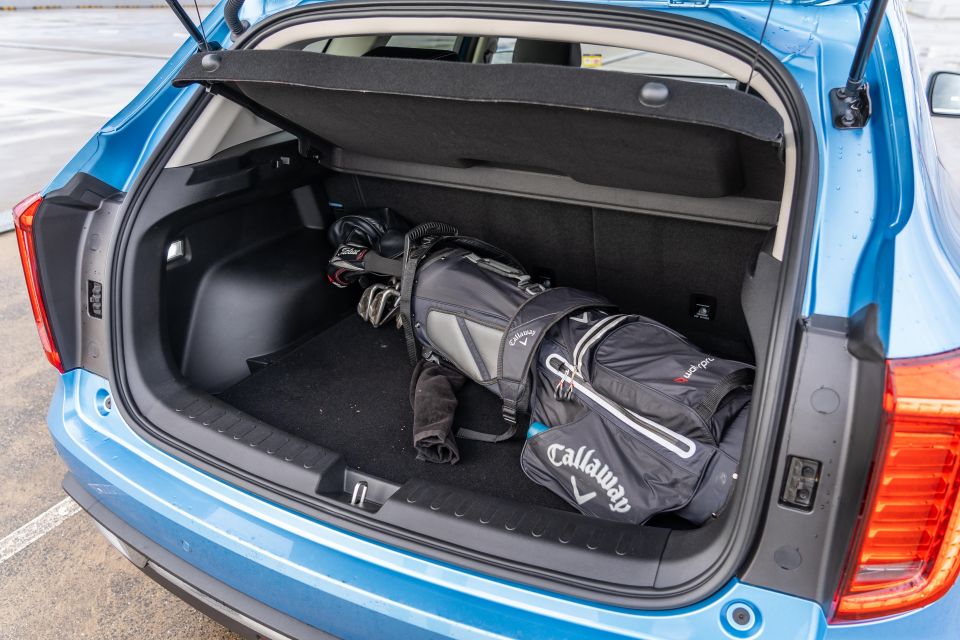
Boot space is a whopping 430L with the rear seats in place, and 1133L with them folded. There’s a space saver spare tyre under the floor.
The space is relatively flat, although there’s some wheel arch intrusion. You’ll get a set of golf clubs in there with space to spare, even if you don’t want to take the driver out.
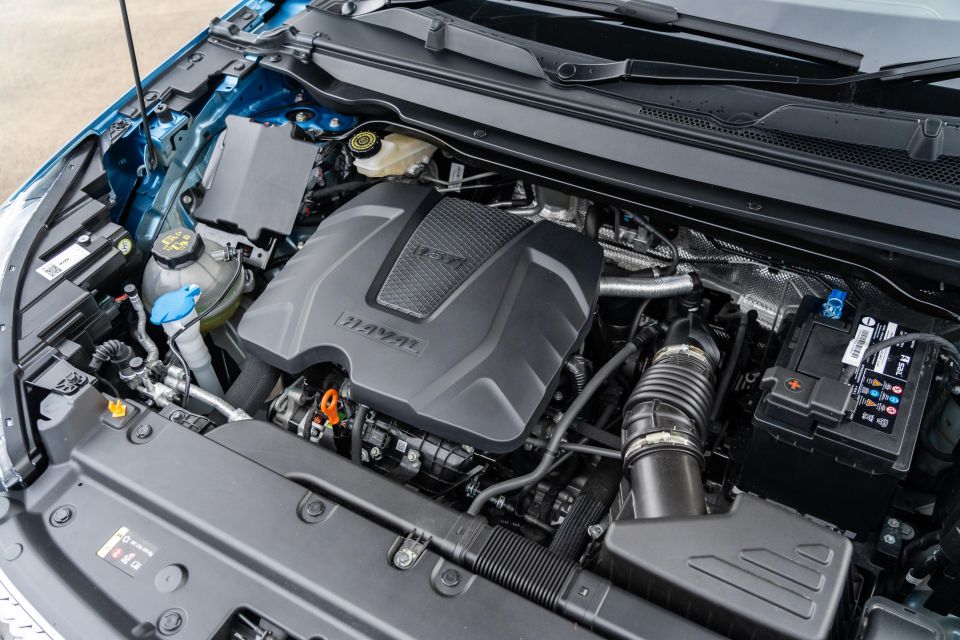
Power in the Jolion comes from a 1.5-litre turbocharged four-cylinder petrol engine, sending 110kW of power and 210Nm of torque to the front wheels. It’s mated to a seven-speed dual-clutch transmission as standard.
It drinks 91 RON regular unleaded fuel, and claimed fuel economy is 8.1L/100km on the combined cycle.
Our launch loan was too short to get a representative week-long figure, but we saw 8.5L/100km on a shorter mixed city/highway loop.

Where expert car reviews meet expert car buying – CarExpert gives you trusted advice, personalised service and real savings on your next new car.
The Jolion might not look like a firecracker on paper, but its turbocharged engine is more powerful than the base engines in similarly-priced rivals, and actually has more torque than the naturally-aspirated motors offered in the bigger Mazda CX-5 and Kia Sportage.
It makes for an SUV that feels punchy around town. Peak torque comes on tap at 2000rpm and sticks around until 4400rpm, and the seven-speed DCT does a good job keeping the engine in that band when you lean on the accelerator.
The result is a car that won’t snap your neck, but gives you a nice little shove in the back if you’re in a hurry.
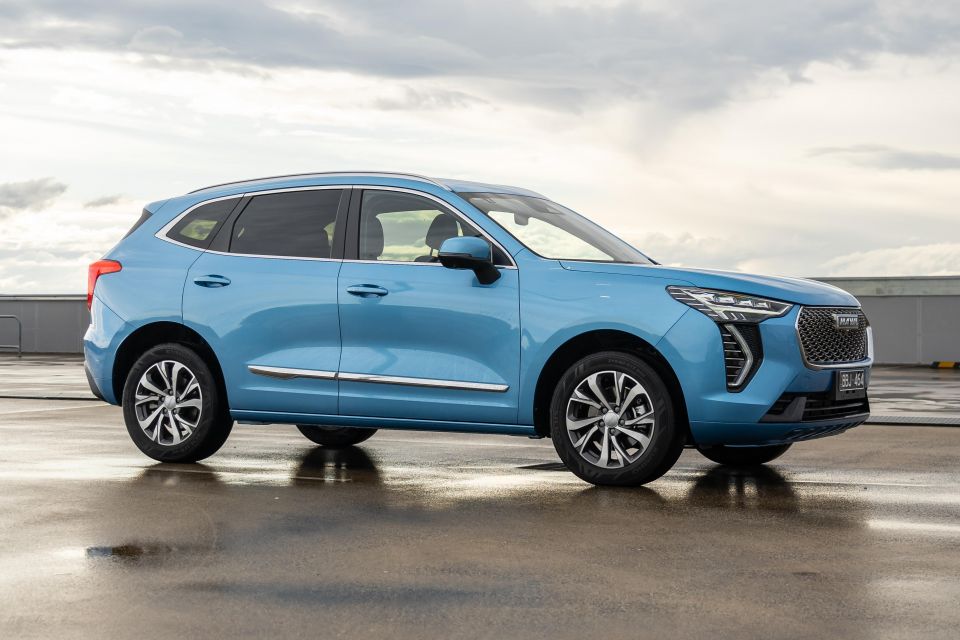
It’s quiet and refined at idle, with barely any vibrations in the cabin, but it can be a bit noisy when you ask for it to dig deep, with a raspy sound that isn’t offensive, but won’t set your pulse racing.
Refinement at a cruise is impressive. The engine doesn’t raise its voice above a whisper at highway speeds, and there’s very little noise from the tyres or mirrors.
We’ll need to spend more time in the car to see how it stacks up on Australia’s average country highways, but initial signs are very positive.
Dual-clutch transmissions and small-displacement turbo engines aren’t always the best combination, but the seven-speeder in the Jolion is impressively refined at city speeds. It moves smoothly off the mark, and doesn’t roll back on hills.

It doesn’t quite have the same sharp upshifts as you get from a Volkswagen DSG, and doesn’t snap down through the gears as confidently when you use the plastic paddles behind the wheel, but it’s not all that far off.
On the 17-inch alloy wheels of our Lux tester, the ride is a bit of a mixed bag. It’s smooth over bigger bumpers, especially at speed, but doesn’t do quite as well with sharper, smaller imperfections.
It feels solid and planted for the most part, thanks to the suspension tune and its relatively heavy steering.
You need to work the wheel a bit harder than in some rival crossovers, but it’s still easy to park thanks to the excellent surround-view camera, which lets you view the car from essentially any angle using the manual controls on the touchscreen.
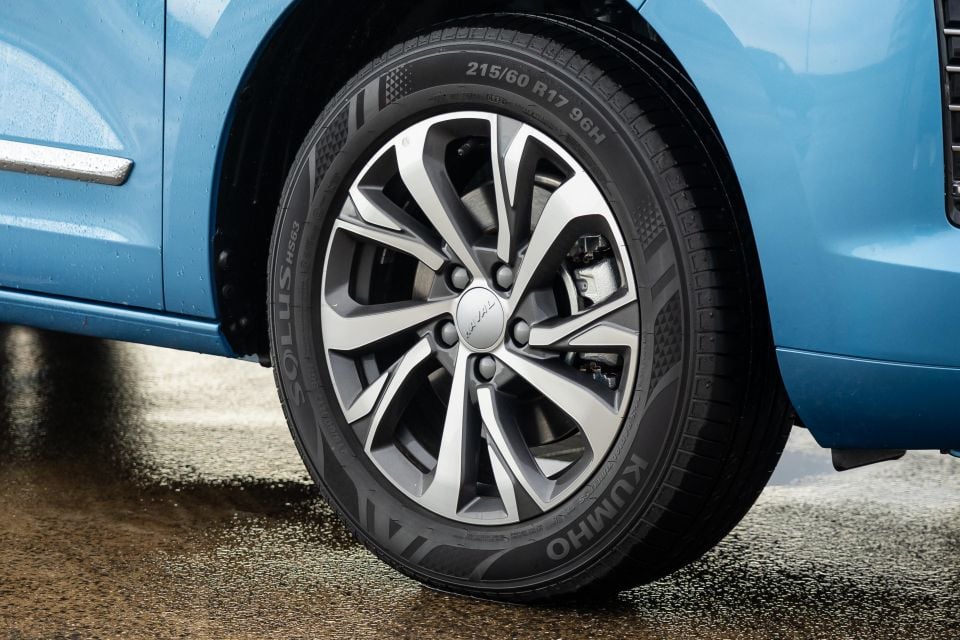
A slightly lighter, faster steering tune would no doubt make the Jolion feel a bit more city-friendly.
Haval’s driver assists are good, but not not great. The adaptive cruise maintains a consistent gap to the car in front, but it can be a bit sharp on the brakes, while the lane-keeping is too eager to take charge in its most aggressive setting.
Dialling things back settles it down, however, which is often the case in rivals as well.
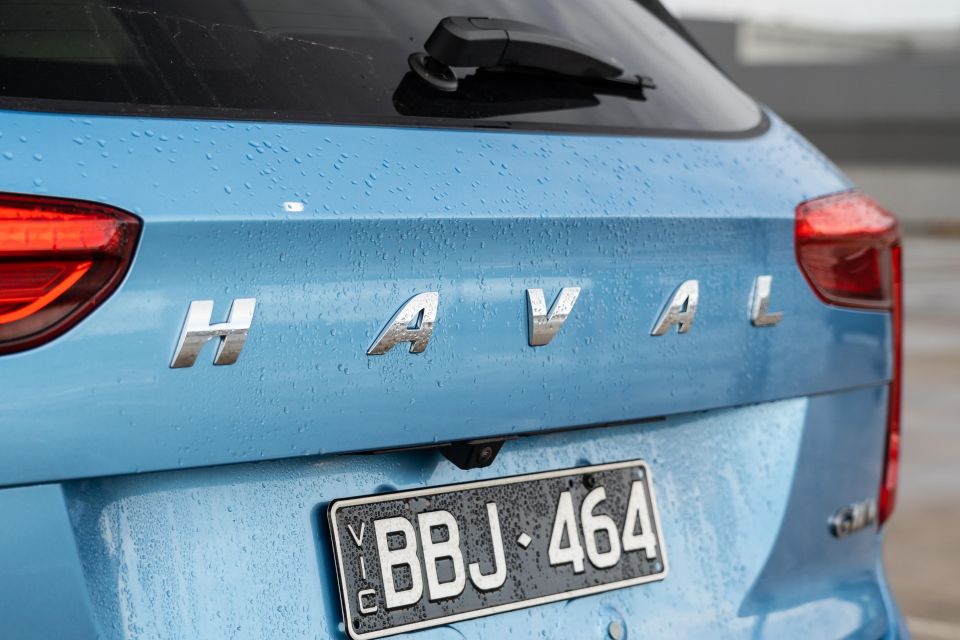
The2021 Haval Jolionis backed by a seven-year, unlimited-kilometre warranty.
Servicing is required every 12 months or 15,000km.
Haval offers five years of capped-price servicing, with the first five services costing $210, $250, $350, $450 and $290 respectively.
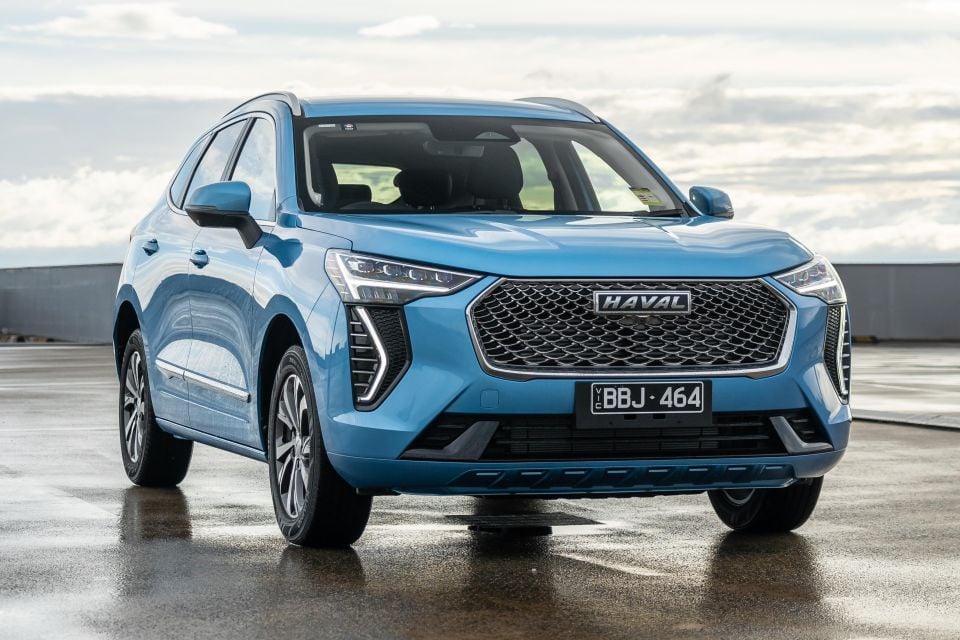
The Jolion isn’t perfect, but it’s very good.
It drives well, with a solid ride and punchy engine, and the interior comes loaded with technology.
Sure, the non-reach-adjustable steering wheel and occasionally underdone infotainment undermine the appeal slightly, but nothing else offers as much space, equipment, and power as the Jolion at even close to the same price.
Haval still faces plenty of challenges. Winning the trust of Aussie buyers isn’t the work of a moment, and there are plenty of rivals gunning for SUV customers on a budget.
Like the H6 and GWM Ute we’ve already driven this year though, the Jolion is well worth taking for a test drive. It might just be making some big-name brands a bit nervous.
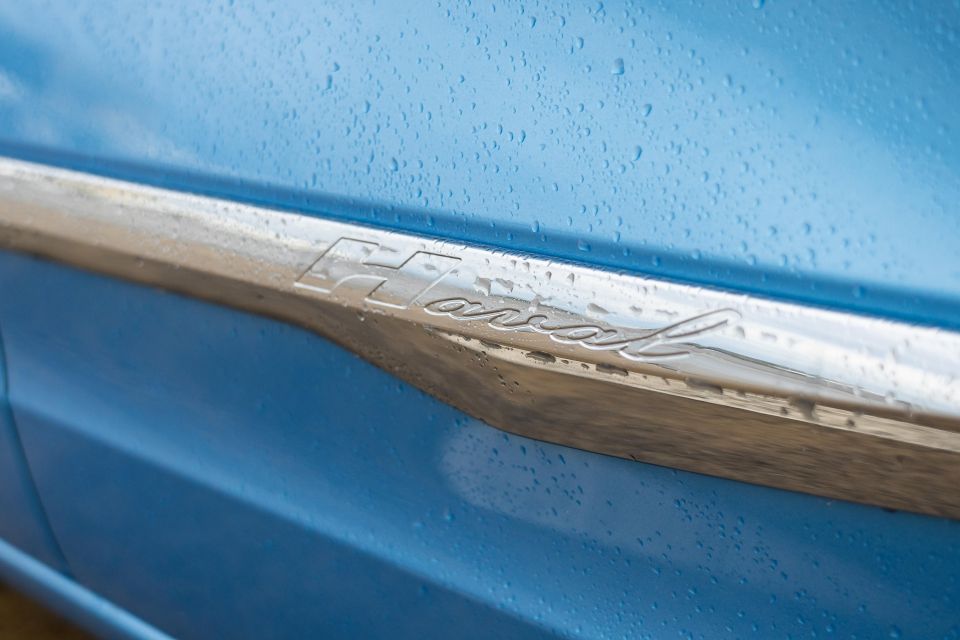
Where expert car reviews meet expert car buying – CarExpert gives you trusted advice, personalised service and real savings on your next new car.
Scott Collie is an automotive journalist based in Melbourne, Australia. Scott studied journalism at RMIT University and, after a lifelong obsession with everything automotive, started covering the car industry shortly afterwards. He has a passion for travel, and is an avid Melbourne Demons supporter.


Damion Smy
17 Hours Ago


William Stopford
19 Hours Ago


Matt Campbell
1 Day Ago


William Stopford
2 Days Ago


CarExpert.com.au
5 Days Ago


Damion Smy
5 Days Ago